How Log Cabins Were Built In the 1800’s?
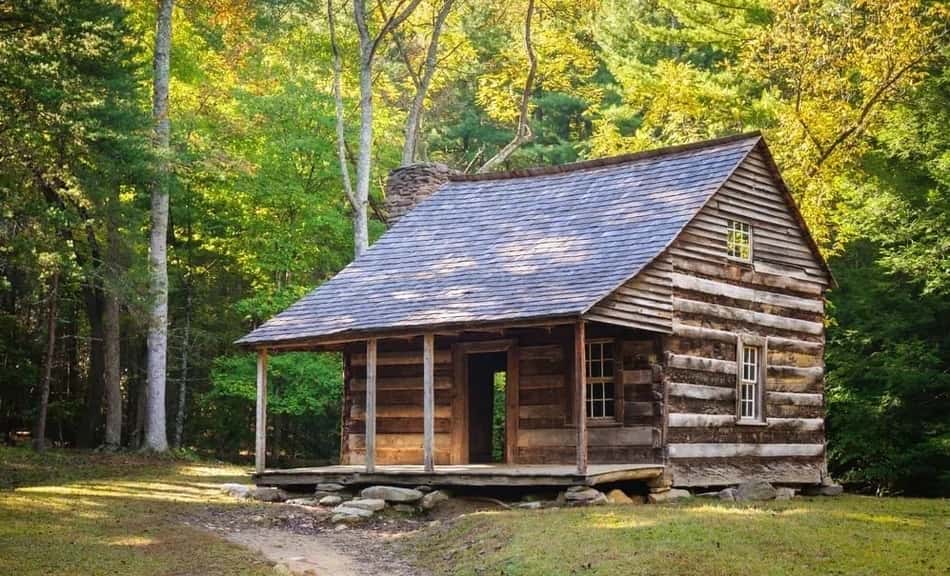
Have you ever wondered how people made log cabins way back in the 1800s? You’ll be surprised when you find out! Various methods were used to assemble logs to ensure there weren’t big gaps between them. What was also challenging at that time was finding the right spot where you would build a log cabin. By the end of this article, you’ll get the whole picture of how log cabins were built in the 1800s. So, let’s start!
How Log Cabins Were Built in the 1800’s? In the 1800s, log cabins were built using hand-cut logs stacked on top of each other. The spaces between the logs were filled with clay or mud to keep out the cold and wind. Simple tools, like axes and drawknives, were used to shape and fit the logs together.
Back in the 1800s, building a log cabin was pretty straightforward. One person could build a small, two-room cabin in just a couple of weeks! Of course, having someone to help him would make it much easier. Besides using logs, they used bricks and nearby rocks to assemble their homes. In the next section, we will discuss this in detail.
Table of Contents
Building a Log Cabin: Tools and Tricks From the Past
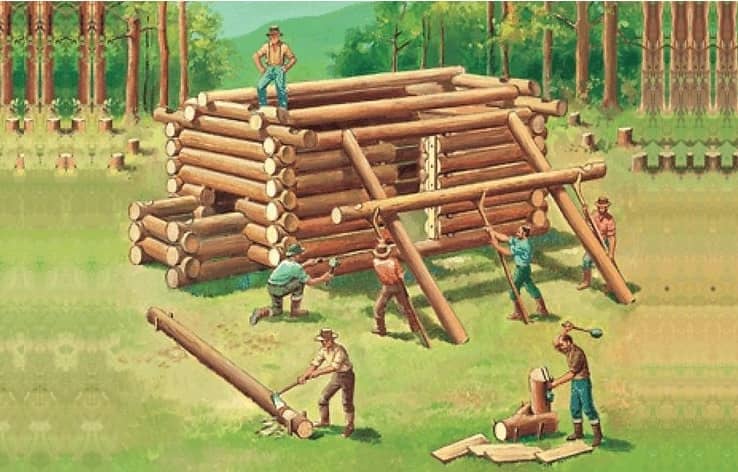
Ever wonder about the tools people used to make log cabins back in the day? One important tool was the drawknife. It looks like a big chisel with two handles, and people use it to shape logs.
Back then, someone could build a log cabin super quick if they had the right tools. They used stuff like broad axes, double-bit axes, and drawknives. There were also these things called free clubs to split logs into pieces. To cut boards and logs, they had whipsaws and peaveys. And for moving those big wooden beams, they used cant hooks and lug hooks. Some skilled folks even had special tools to make fancy wood shapes.
Many of the tools from the 1800s are still used by builders today. Sure, today’s log cabins might have more modern features, but a lot of the old tools are pretty much the same. One fun fact: they didn’t use nails a lot in the old times. Those came from faraway places and became common in the U.S. later.
> Buy A Book “Log Cabin Years” <
So, even though the big logs from the 1800s aren’t that common today, many building methods from then are still around. Next time you see a log cabin, check out the details. You might see parts that lock together like puzzle pieces. If you ever dream of building a log cabin like they did back then, you totally should!
Related Article: Are Log Homes Hard to Maintain?
How They Pick the Perfect Spot For a Cabin In 1800’s
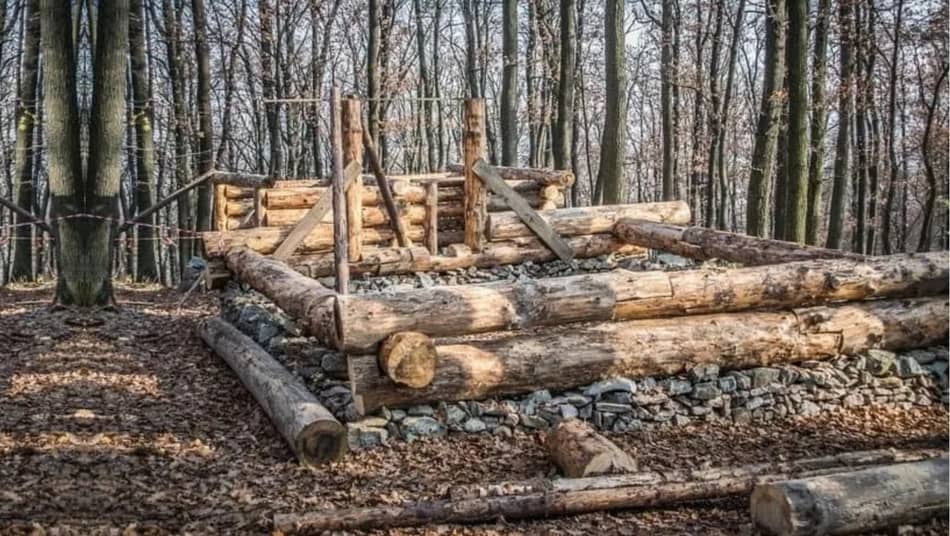
Back in the 1800s, when people wanted to build a log cabin, they had to find the best spot, just like we do today. First, they would clean up the land, ensuring it was flat and had no junk on it. After that, they’d mark out where the cabin would go, adding a bit more space around the edges. They’d also look for the strongest trees nearby because they needed solid wood to build on.
Building a log cabin back then was a big deal. It was like winning a prize to make one with your own hands. Families in those days faced a lot of ups and downs.
They had lots of kids, and sometimes things were tough. Building a cabin was hard work, and they’d spend many days making sure it would stay strong in rain, snow, or whatever came their way. It wasn’t easy, but many families made it work.
Related Article: How Much Do Barnwood Builders Cabins Cost?
Hardwoods Used for Log Cabin Construction
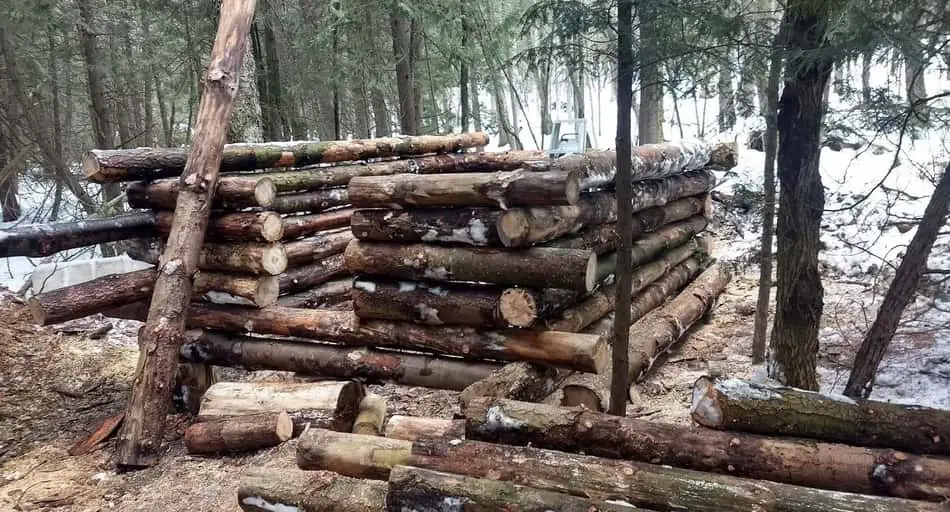
Knowing which wood is good for a log cabin is very important. In the old days, people often used tough woods like oak, poplar, and walnut. These types of wood were stronger than softer ones like pine. Places in the middle of the U.S. had lots of these woods because it was hard to find pine or cedar there.
Yellow pine was a favorite for building log cabins. Why? It’s heavy, doesn’t rot easily, and stands up to rainy weather. But oak can be tricky to work with, so sometimes it was better to get an expert builder to help out. Besides, yellow pine doesn’t cost much, making it great for making cabin floors and furniture. If you’re thinking about the main walls of the cabin, white pine might be a better pick.
When the first settlers moved across the land, they loved building log cabins. These cabins became super popular, especially in places like the Appalachian valleys and areas near big rivers like the Mississippi.
One cool thing about log cabins was that they didn’t need nails. And since heavy lumber cost a lot, many settlers went with log cabins. But these cabins weren’t meant to last forever.
In the 1800s, the logs they used for cabins were pretty big, usually 8 to 10 inches across and 14 to 18 feet long. People would lift them up by hand and place them in a special pattern. They’d tie the logs together in a special way without using nails. And, of course, if you have a log cabin, you’ll need a place for a fireplace.
Nowadays, building log cabins has gotten much easier. Did you know they can even be made from metal like steel? It’s true! Steel can look modern and is super strong. Using steel can save you a lot of time and cash in the long run.
Lastly, if you have a log cabin, you’ve got to take care of it. Putting a protective layer on the outside is a good idea to keep bugs out. This layer can also hide any cracks in the wood. Whatever you pick, make sure to put it on right so your cabin stays safe and sound.
Related Article: What Is The Largest Log Cabin In The World?
Different Log Cabin Styles In 1800s
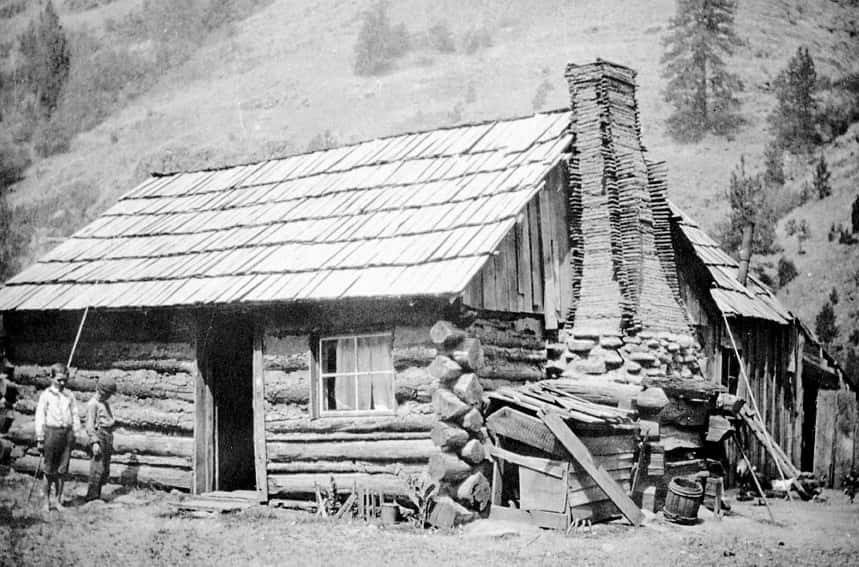
There are many ways to build a log cabin, but the two most popular styles come from Germany and Scandinavia. Germans already knew how to build with logs, but this was all new for the Scots-Irish. They had to choose between digging into the ground or using logs, and they picked the log way. Even though these styles came from different places, they are quite similar.
Over time, cabin styles changed a bit. In the 1800s, a new style from the Rocky Mountains popped up. These cabins had a special door at the end under a roof that stuck out more. And guess what? They put plaster on the walls inside, making the cabin feel super cozy. But even with these changes, the main idea of how to build a log cabin stayed the same.
In the early 1900s, people loved the “rustic” look, which means using materials you can find nearby. Even when big cities started growing, many still liked log cabins. Did you know that in the 1930s, President Roosevelt asked a group called the Civilian Conservation Corps to build wooden lodges in the West? One famous one is the Timberline Lodge on Mount Hood.
Here’s an interesting fact: In the eastern part of the U.S., they usually put a covering like stucco on their log cabins, but in the west, they left them plain. Covering the cabins in the east looked good and kept out bugs. Nowadays, most log homes have a protective layer, like plaster, on the outside. That’s because if logs are left bare, they can get damaged quickly by things like rot and mold.
> Buy A Book “Building With Logs” <
If you want to see what log cabins from the 1800s looked like, here is a YouTube video that shows that:
Related Article: How To Build A Log Cabin Using Trees?
FAQ: People Also Ask
What is the oldest log cabin?
The Nothnagle Cabin in Gibbstown, New Jersey, holds the title as the oldest log cabin in the U.S. A man named Anthony Neilson, who came from Finland, built it way back in 1638 using white oak wood.
What is the lifespan of a wooden cabin?
Log cabins are really strong and can handle tough weather. They usually last around 60 years, but some can stand for up to 100 years! Still, how long a cabin lasts mostly depends on how well you take care of it.
Final Thoughts
Log cabins in the 1800s showcased the resourcefulness and skill of early settlers. They constructed homes that could withstand tough conditions using simple tools and local materials. The styles varied based on cultural influences, but their primary focus was durability.
Over time, cabin-building techniques evolved, but the essence of a log cabin’s charm and sturdiness remains a testament to those pioneers. Today, we admire these cabins as symbols of resilience and simpler times. I hope this article has helped you, and if you have any additional questions, feel free to comment below.

